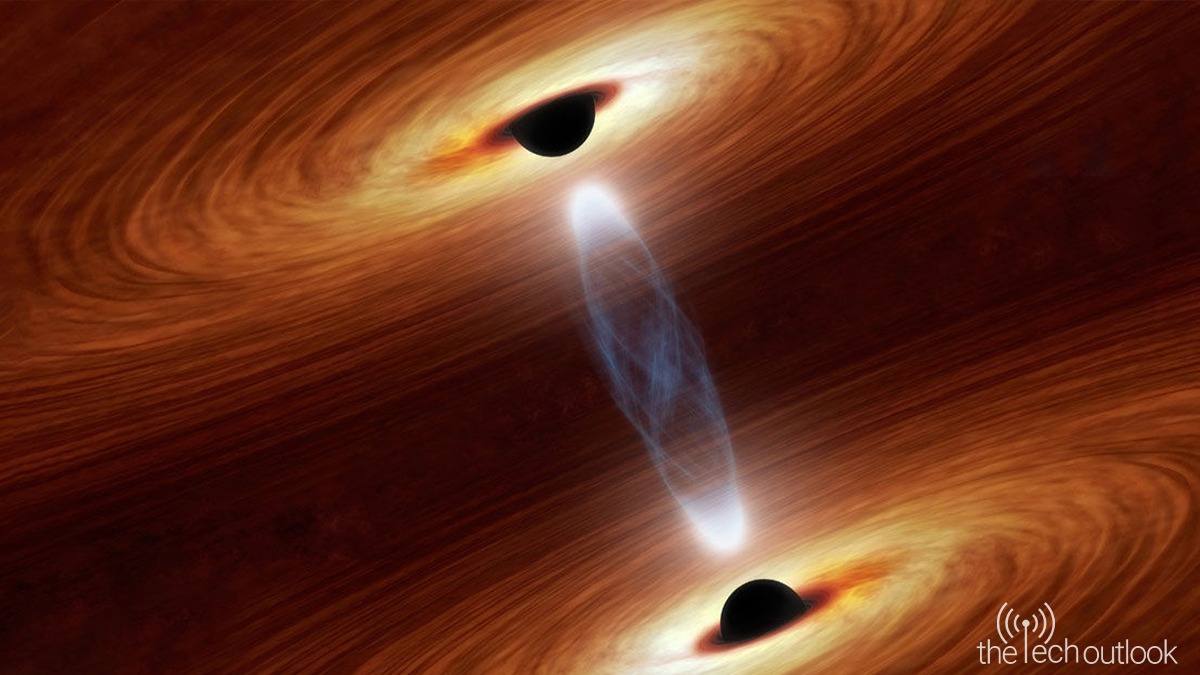A light spotted from colliding Black Holes by astronomers

Black Holes Collisions tend not to create light by their very nature — you may get gravitational waves, yet that is about it. In any case, astronomers may have quite recently discovered one of those uncommon occasions where an impact was noticeable. A group utilizing May 2019 information from both the Laser Interferometer Gravitational-wave Observatory (LIGO) and Europe’s Virgo finder has spotted what gives off an impression of being the main known occasion of a “flare of light” from two combining Black Holes. Provided that this is true, the key would almost certainly be their connection with a third, bigger partner.
Numerous systems have supermassive Black Holes at their middle whose goliath gas plate can combine littler Black Holes. The planning of the flare agreed with this, and it even progressively blurred away through the span of a month.
Scientists adequately killed different marvels as potential causes, such a Black Holes ‘eating’ a star, a supernova or a flare from the supermassive Black Holes itself.
This isn’t supreme evidence, at any rate not yet. Caltech stargazing teacher Matthew Graham rushed to caution that space experts proved unable “totally preclude” different occasions. On the off chance that this is the consequence of a crash, however, it approves existing hypotheses and speaks to an uncommon direct look at dark opening action.


